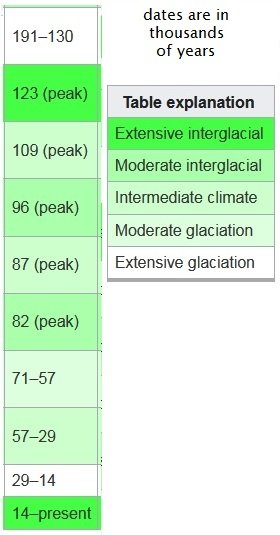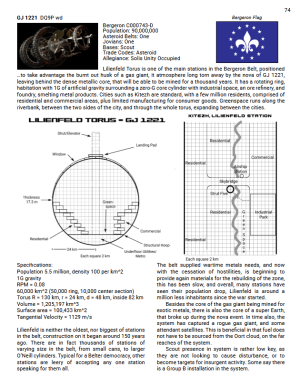The only mega-structure in my Traveller that has been defined is my take on the concept of Clarke's Rama.
I have a number of slight differences with the history of my Traveller setting - no Ancients (as later placed in the game), preceding civilizations follow the Forerunner concept of Andre Norton instead (many different ones over the eons, none significantly higher-tech than TL18), with a few different ones transplanting hominid (and canid) populations from Terra to other systems in the "galaxy-local area" (and doing a little "uplift" work as well).
My mgstr is actually from Terra/Sol's past - the civilization of Atlantis/Mu/Lemuria did exist from ~35,000 years ago to the start of the last glaciation period ~29,000* years ago.
This civilization developed a philosophical split between those who wanted to advance and explore the cosmos and those who wished to return to a more "ecologically-harmonious" existence. The "outlookers" convinced the "indwellers" to help develop the means to leave the system permanently by promising to "clean-up" all of the ditrius and physical remains of 5,000+ years of civilization before departing, leaving just a civilization comparable to the agricultural early 1800s [plus just enough dispersed light industry to maintain medical care at about the "2,000AD" level].
Needless to say, when the glaciation returned in strong form around 29kya this remnant of civilization disappeared, with the "low-footprint" structures being either erased by the ice or just deteriorating into micro-debris over the following millennia.
As for the "outlookers", while some left on colony ships to plant themselves on other worlds (accounting for nearly all of the "minor human species"), a small group decided to do long-term exploration in gigantic self-propelled vessels (jump-capable but designed for inter-stellar normal-space travel as well.
These vessels (12 in number) were sent out in different directions and have long since lost contact with each other and with any surviving "Atlantean" daughter colonies.
Note that this history is quite different from the one the adventuring party is given in the attached document - I used this in a game I refereed in the late 1980s, and as the comments at the end of the document indicate, the party was blatantly lied to by the government of the ship.
Here is one such explorer craft:
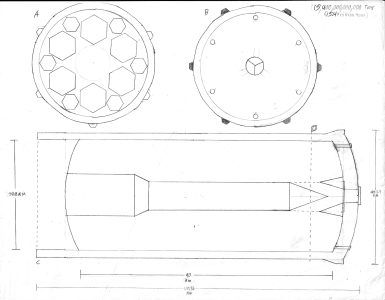
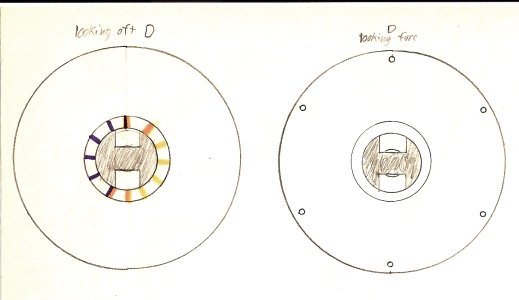
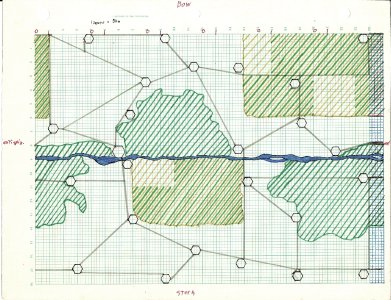
* the period from 130kya to 29kya was an interglacial period with varying degrees of localized glaciation.
